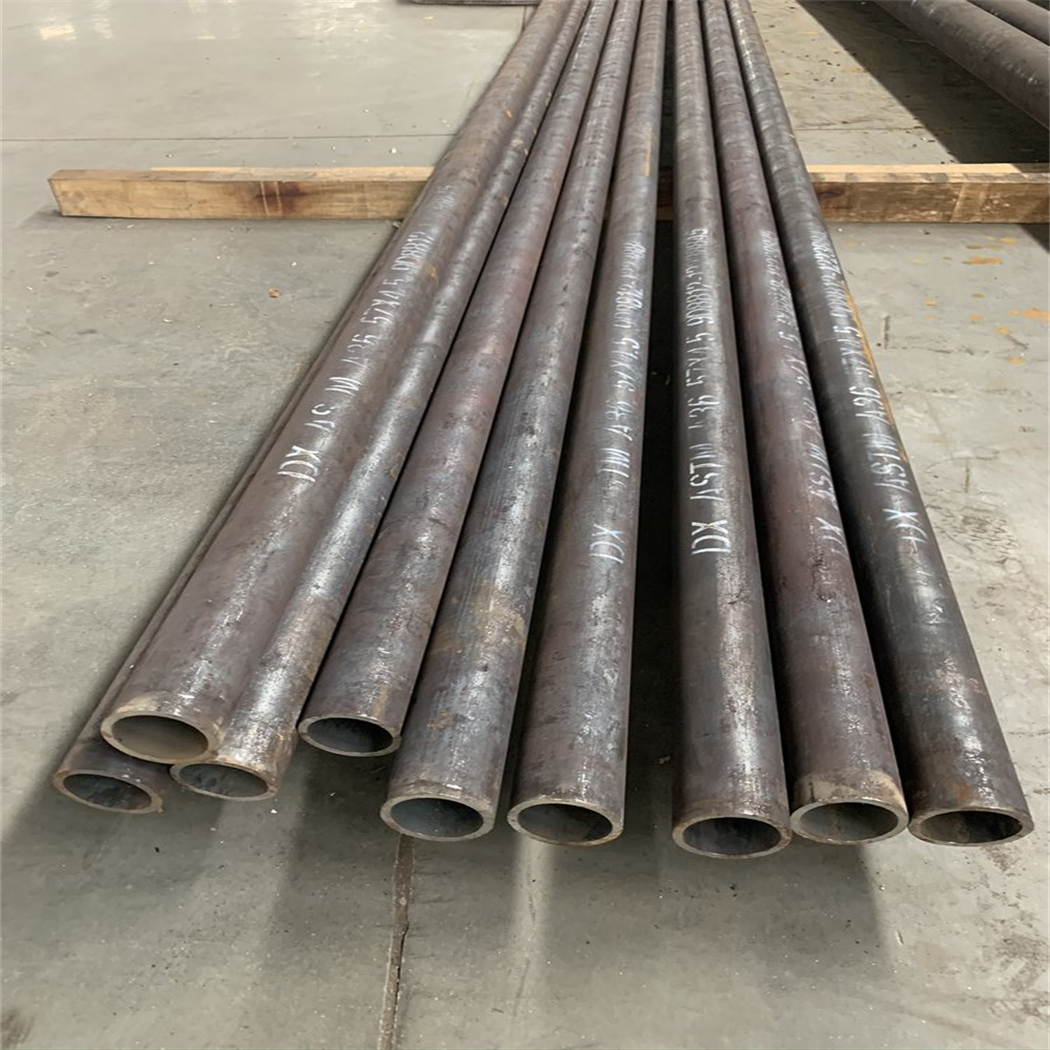Under natural conditions, a 10-20A oxide film will be formed on the surface of steel parts due to the contact with oxygen in the air. During natural film formation, depending on the physical properties of the metal itself, the surface state and the oxidation conditions, some of the oxide films formed are thin, some are dense and complete, and some are loose and incomplete. In most cases, the natural oxide film formed cannot effectively prevent the metal from being corroded.
There are many oxidation treatment methods for steel, including alkaline chemical oxidation, alkali-free oxidation, high temperature gas oxidation and electrochemical oxidation. At present, the alkaline chemical oxidation method is widely used in industry. (Also acid oxidation method)
The characteristics of the oxide film: beautiful color, no hydrogen embrittlement, elasticity, thin film (0.5-1.5um), no significant effect on the size and accuracy of the parts, and also has a certain effect on eliminating the stress generated after heat treatment.
Blackening treatment is a kind of surface oxidation treatment method. The metal parts are placed in a very concentrated solution of alkali and oxidant, heated and oxidized at a certain temperature, so that a layer of uniform and dense metal surface is formed and firmly bonded to the base metal. The process of the ferric oxide film is called blackening. Due to the influence of various factors in operation, the color of this film is blue-black, black, reddish-brown, tan, etc.
The purpose of blackening treatment mainly has the following three points:
1. Anti-rust effect on metal surface.
2. Increase the beauty and luster of the metal surface.
3. The heating during the blackening time helps to reduce the stress in the workpiece.
Because the blackening treatment has the above-mentioned effects, the cost is low, and the quality is high, it is widely used in metal surface treatment and rust prevention between processes.
Post time: Aug-24-2022

